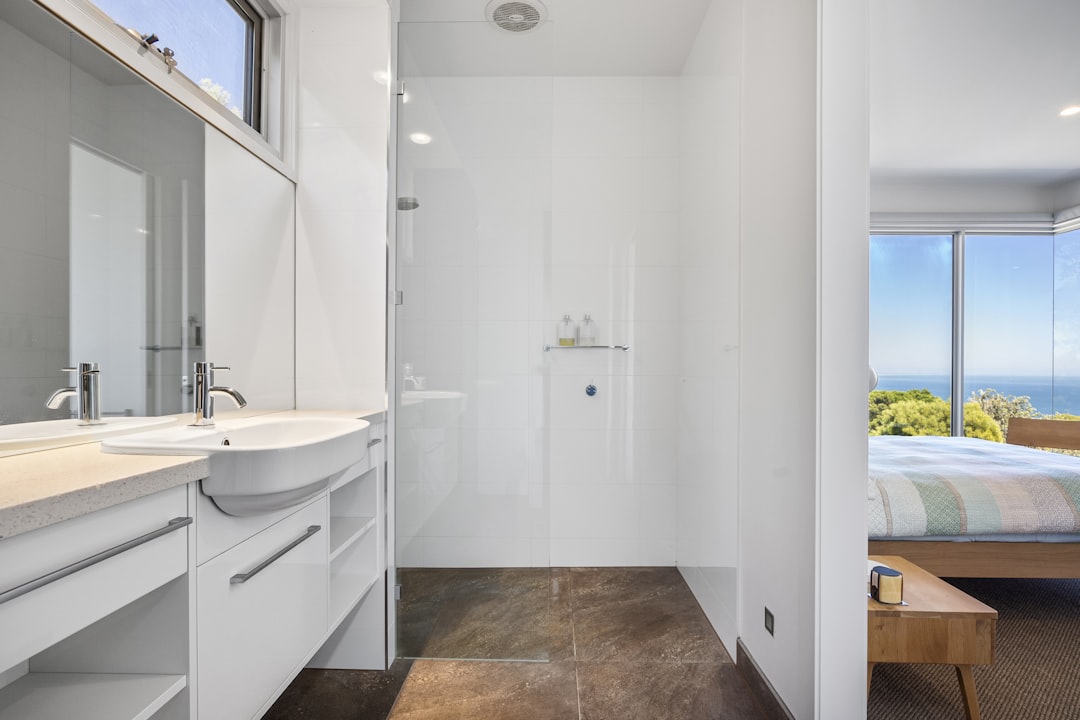
Installing a toilet in Miami requires careful consideration of local climate and regulations. Costs can range from $160 to $750 depending on the complexity of the project. This guide provides construction professionals with the insights needed to manage costs effectively and ensure compliance with Miami-Dade plumbing codes.
• High humidity accelerates seal deterioration and tank condensation.
• Coastal corrosion necessitates the use of stainless or brass hardware.
• Miami-Dade ordinances limit gallons per flush (GPF) to 1.28.
• Hurricanes require secure floor flanges and backflow protection.
CountBricks algorithms account for these factors, providing accurate estimates tailored to Miami's conditions.
Materials
Labor
Permitting & Inspection
Generate estimates at CountBricks.com for real-time pricing updates.
1. Voice Conversation Capture: Describe the site to capture dimensions and obstacles.
2. Instant Code Validation: Ensure compliance with Miami-Dade codes.
3. Blueprint Takeoff: Extract key details from plans quickly.
4. Dynamic Costing: Access up-to-date material costs.
5. Auto-Generated Quote: Receive a ready-to-sign proposal.
• Minimum 15 in. clearance from centerline to sidewall.
• 21 in. front clearance required.
• Vacuum breaker needed for reclaimed water lines.
• Hurricane anchoring recommended in coastal zones.
1. Remove existing fixture and cap drain.
2. Inspect subfloor for damage.
3. Install new stainless flange bolts.
4. Seat toilet using recommended materials.
5. Laser-level tank top.
6. Connect supply and perform leak test.
7. Upload completion photos for inspection.
• Choose elongated bowls for accessibility.
• Opt for insulated tanks to prevent condensation.
• Schedule installations early for same-day inspections.
• Keep spare wax rings on-site.
• Use voice notes for water-pressure logs.
A 34-story condo required 120 toilet upgrades. CountBricks facilitated efficient scheduling and cost savings, reducing project duration by seven days.
Visit CountBricks.com to begin your project with a detailed estimate and project dashboard.

Toilet upgrades in Miami can significantly impact home value and efficiency. CountBricks provides data-driven insights to maximize these benefits for construction professionals.
• Switching to a 1.28 GPF toilet can save 9,000 gallons per person annually.
• Retrofits tracked by CountBricks show an average utility bill reduction of $94 per year.
• Leak-test certificates can qualify homes for insurance discounts.
• Low-flow fixtures expedite permitting processes.
1. Integrate schedules with tile and drywall crews.
2. Alert electricians for GFCI outlet requirements.
3. Align HVAC upgrades with humidity control.
• Transparent labor rates and verified materials.
• Post-install support and maintenance reminders.
Explore more at CountBricks.com.